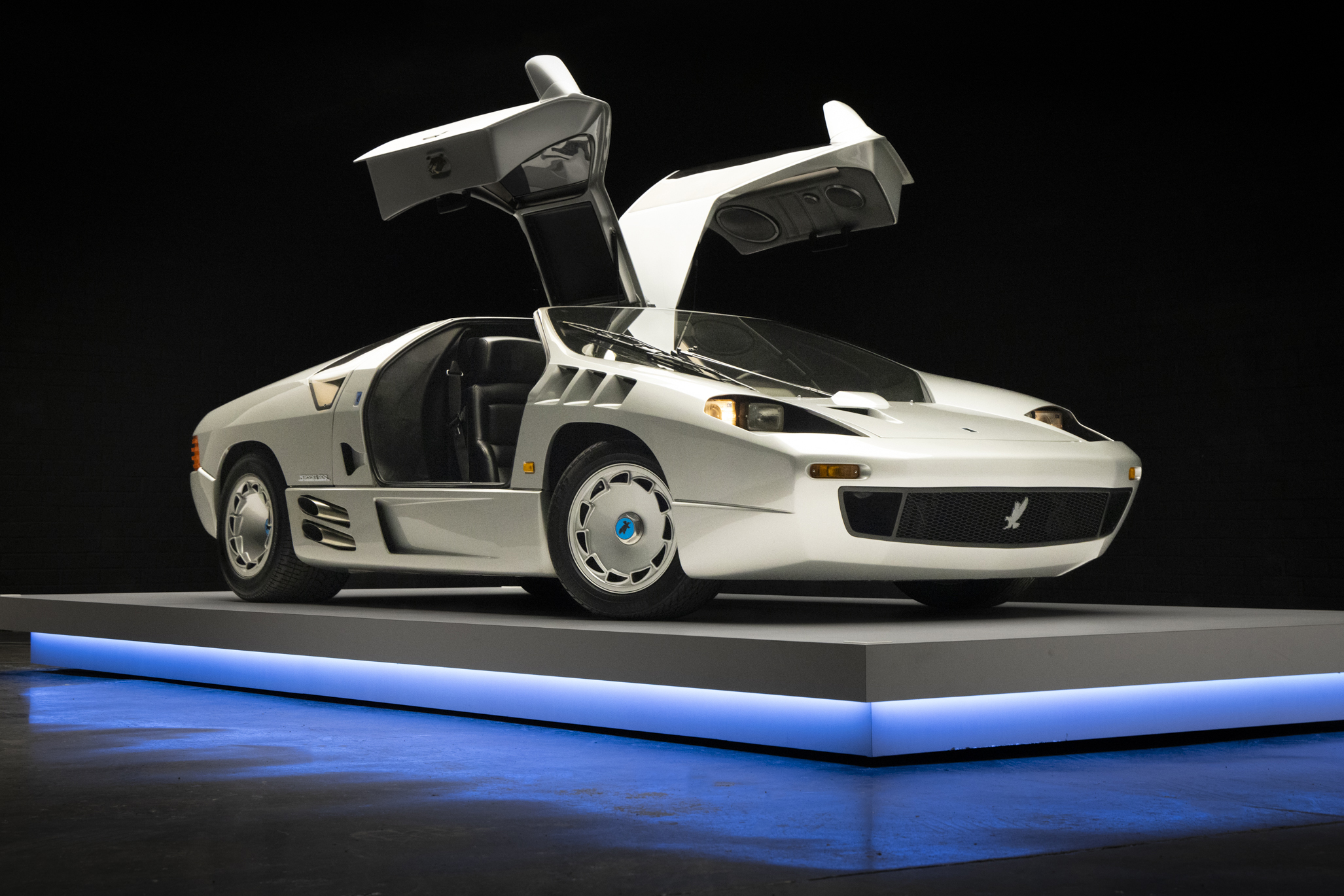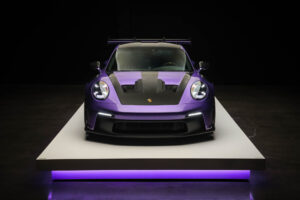
It heralded the start of the pony car wars that brought us the Firebird and Camaro, and the bitter rivalries forged against them on race tracks. To this day, the brand loyalty it produced still sparks fierce controversial debates. It endures as a nostalgic embodiment of the 1960s that Americans still fondly reminisce about. It became, and remains, the sports car of the every-man due to its versatility, good looks, and invigorating performance at an easily affordable price. Although it wildly differs from its originally conceived concept, the Ford Mustang stands now among the automotive annals as a paradigmatic beacon of the quintessential American automobile.
Lee Iacocca first envisioned the basis of the car back in 1961 after Ford executives began expressing a demand for a near-Corvette rival. Less than a year later a concept car had been formed. It was a radical, wild concept car that exuded rakish, racy designs like a low 39-inch height, high hooped-rollbar, mid-mounted V4 engine fed air by large side ducts, and a four-wheel independent suspension arrangement. Baptized at Watkins Glen raceway as the Mustang I, racing legend Dan Gurney took the wheel for demonstration runs that reportedly exceeded 120mph. The public became frantic with a desire to own Ford’s new sports car. Quickly recognizing the sensation he had created, Iacocca commissioned a second concept – the Mustang II. This second attempt would further the hype but would be less radical and more suitable for the standardized mass-production capabilities of Ford at the time.
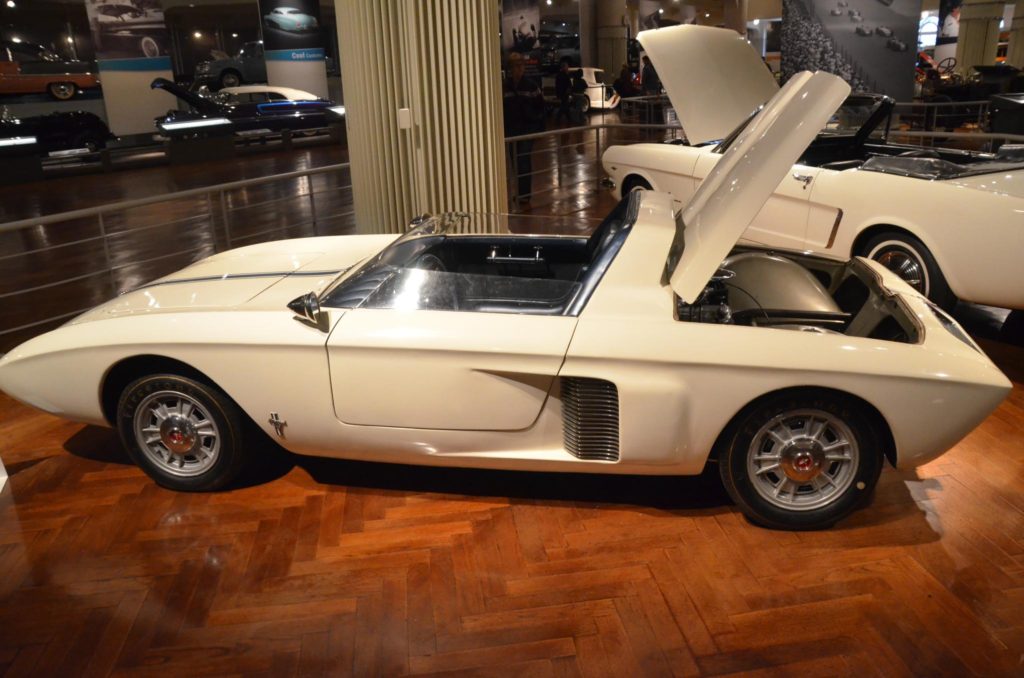
By completion, aside from the Mustang nomenclature and the side air ducting (although now rendered non-functional) very few aspects of the original Mustang I would make it to the final production car. In fact, that ultimate product was actually quite heavily based on the Ford Falcon platform. Although less exotic, the shared platform and parts would become a critical key to the Mustang’s success. By keeping costs low through sharing parts, the Mustang was able to be offered at an exceptionally economical price point for buyers. Taken from the Falcon’s part bin were the entire chassis, suspension, driveline, and most of the interior pieces, but the Mustang’s exterior bodywork was beautifully bespoke and purely provocative.
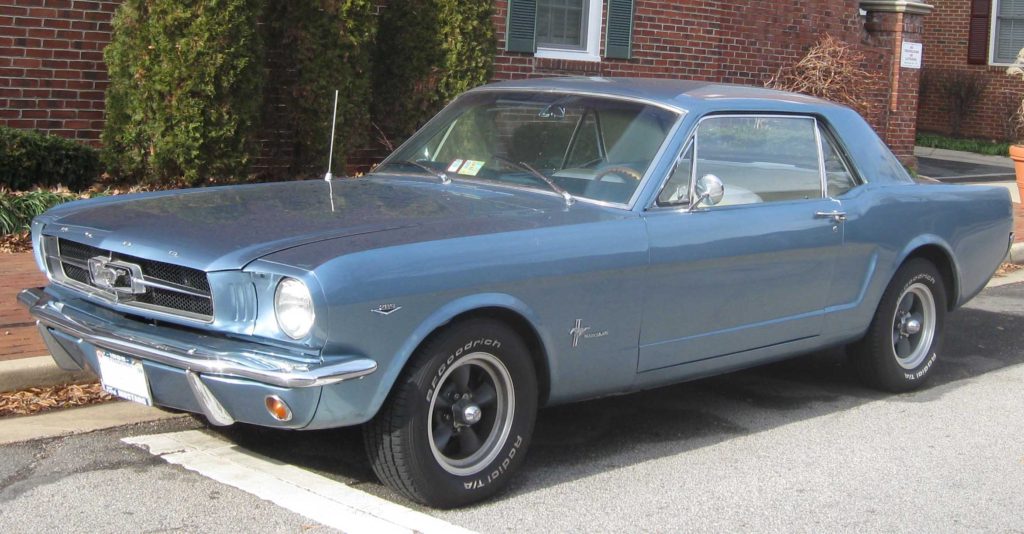
When the car went on sale in 1964, it was quite literally an overnight sales success. Clients filled showrooms looking to buy a Mustang “Designed by you” (as the marketing slogan went) the day after its first commercial aired. Ford dealerships across the nation were inundated with requests for brochures, test drives, and outright purchases. It is even reported that a buyer in Texas slept inside of the dealerships only example until the next morning when his check had cleared so the vehicle could not be sold out from under him. Looking to execute a proverbial finishing move for public attention, Ford sponsored the Mustang as the official pace car during that year’s Indianapolis 500. It was a move that smartly garnered attention directly from motorsports fans while also driving home the sports car performance potential of the Mustang. The frenzied popularity this publicity created was in no doubt owed to the Mustang’s captivating aesthetics and performance capabilities, but also due to another crucial piece to the car’s success which was optional customization.
At a base price of $2,368, the Mustang was astonishingly affordable. Ford also knew that this reasonable entry-price was the critical first step to reach deep into the real profit margins that would come from many clients electing to make their Mustang unique. Now widely expected with new cars, at the time car personalization was still a novel concept that most buyers were unfamiliar with since it was traditionally reserved for expensive automobiles. Immediately available to consumers were long lists of options including several motor choices ranging from an inline-six to a V8 (four options in all), three different transmissions, two body styles (coupe & convertible), different rear-end ratios, steering wheels, shift knobs, varied carpeting colors, different seat styles, and so much more! In an era where most sports cars were ubiquitous aside from color or motor options, the ‘uniquely yours’ Mustang dismantled the paradigm by giving people a world of options to stand out with. By the end of its second year, 1965, the Mustang had already sold over one million units, marking it down as Ford’s most successful car release since the Model A.
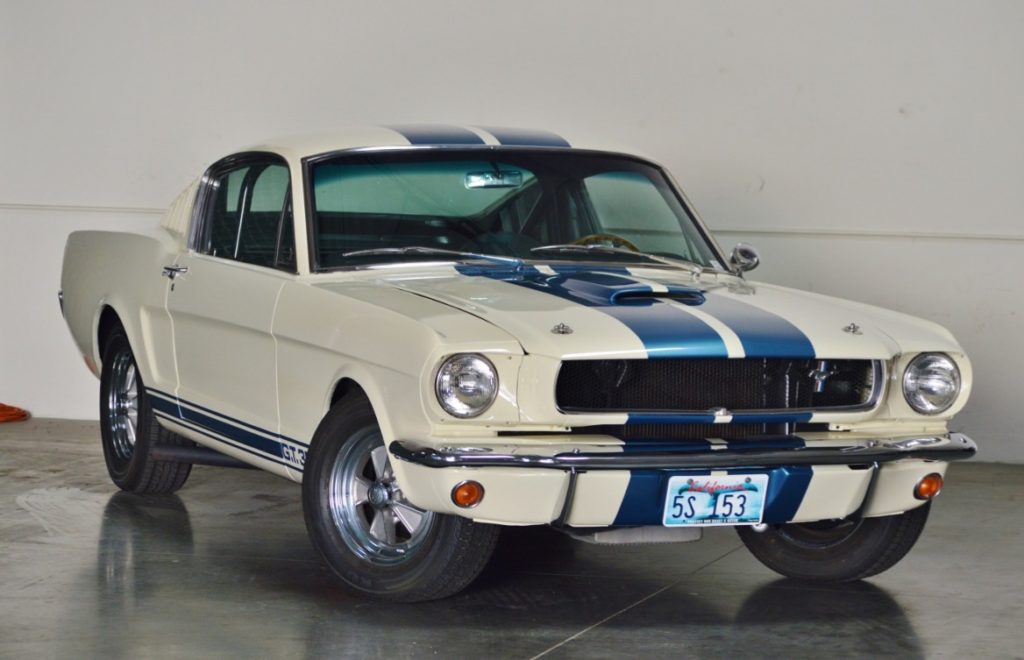
That year is marked as a significant period in Ford, and automotive, history when Texan Carroll Shelby took 100 new “Fastback” Mustangs, with the most massive V8, and tuned them to be Shelby GT350s. The now-famous partnership was born when the cars proved monstrously fast on the streets and especially on the track when they won the SCCA B-production championship for three consecutive years. Upgrades included modified engines that produced over 300hp, suspension tuning, a lightweight hood, beefy tires, unique Wimbledon White paint with Guardsman Blue side striping, and, of course, Cobra badging. Unfortunately, by the end of the decade, Shelby would remove himself from the Ford partnership and would not return until decades later making these early years, racing-focused GT cars extraordinarily exclusive.
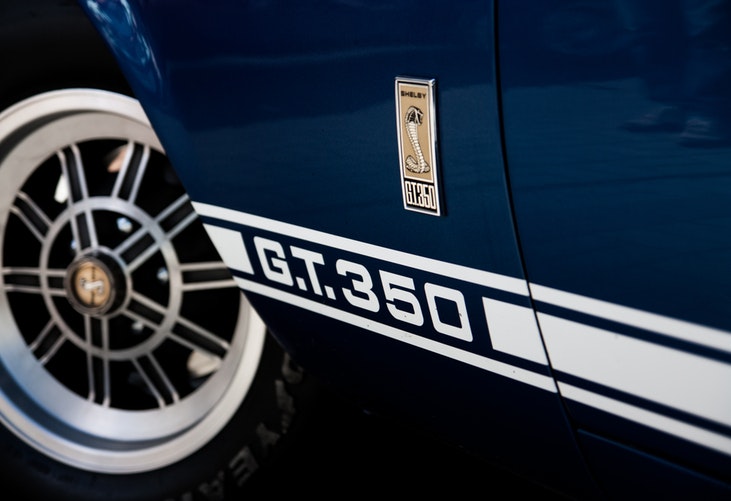
From 1967 until 1968 the Mustang grew-up in size and weight but not in noticeable improvements to all-around performance. Body length and width was increased to allow for more spacious interiors and bigger motors, but that came with a hefty weight penalty. During this time, as the car was enlarged and body styling altered, the additions of modern safety features such as softer dashboard panels and pieces, seat belts, and dual-circuit brakes kept the Mustang legal. Worth noting is that in 1968 Ford produced 4,118 of the now famous and desirable California Special edition (GT/CS) that came with bespoke body components and badging.
The real noise from Ford finally arrived in 1969 with the rare Boss 302 and Boss 429 models, as well as the Mach 1 variant. These two Boss models were fire-breathing track stars designed to homologate the Mustang into the SCCA’s Trans-Am and NASCAR series. Nevertheless, they became just as popular on the street as the track in the hands of amateur racers. Both Boss models arrived featuring highly specialized motors, suspension, and body components. With these improvements, Ford helped restore the competitive balance between the Camaro and Mustang.
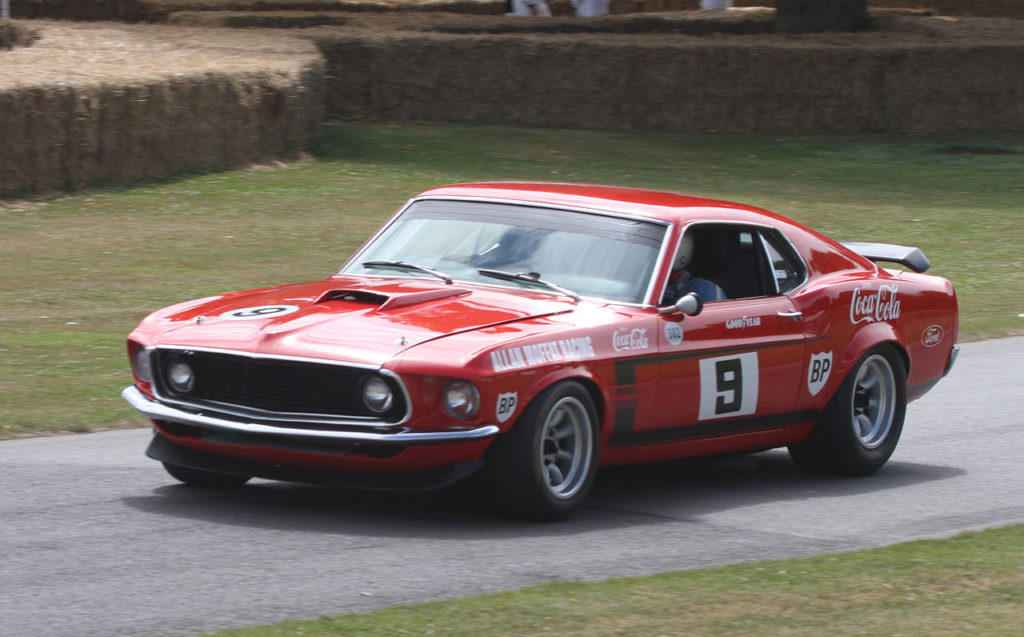
Coinciding with the Boss and Mach 1 models were the release of many of the standard performance options they came standard with, such as rear wings, front splitters, hood tie-down pins, suspension enhancements, and hood scoops (both functional and non-functional). In general, this was a significant refresh year for the Mustang, featuring the most aggressive standard body styling of the first generation Mustangs. Quad headlights, a sharply pronounced hood, and extended front & rear panels all added together to produce a savage-looking stallion. However, again, as the size of the Mustang grew so did the weight, which took its toll on the new 302-ci motors paltry 220 horsepower and even strained the larger 351-ci engines that were capable of nearly 300 horsepower.
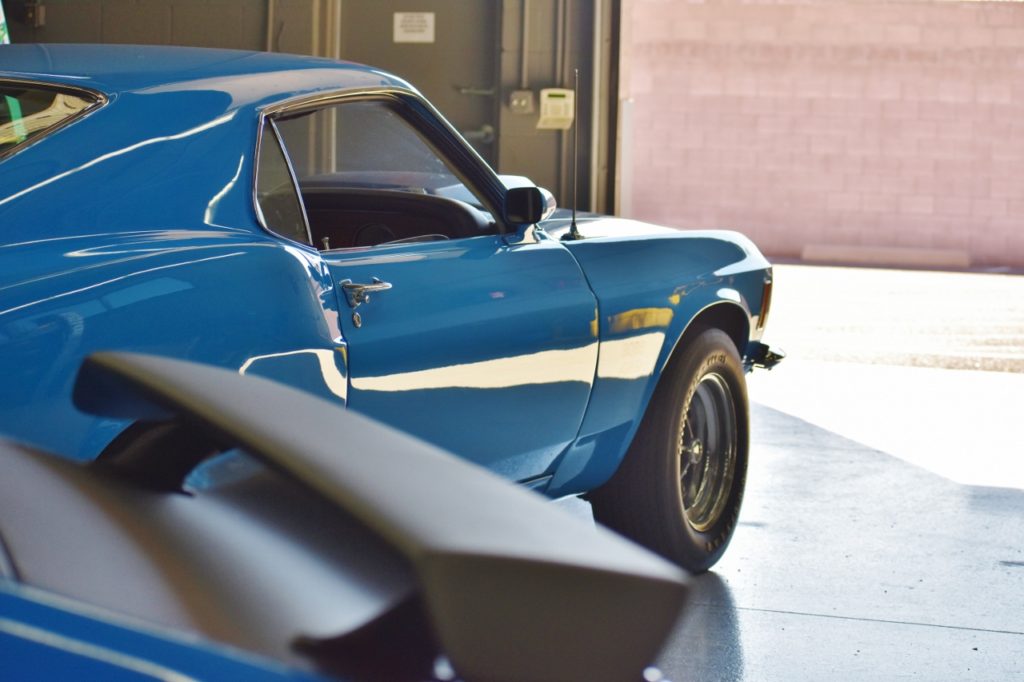
Many regard the pinnacle of the Mustang’s styling to be in 1969. By the 1970 model year, Ford executives fearing they had gone too far with the previous year’s styling had undone everything that made it stand out. The aggressive body paneling was softened, the quad headlights disappeared, additional vents deleted, and the Mustang began it a rapid descent into complacency for the remaining years. Iacocca, no longer in control of the program, is later quoted as saying “The Mustang market never left us, we left it.”
So leave they did because by 1971 there was yet another major refresh to the car aimed at appealing to the growing luxury car market. It brought with it a very flat, elongated styling; a much longer overall length (nearly a foot longer than previous models); and gained considerable weight (600 to 800 pounds). Further demonstrating the changing of the guard from “speed and performance” to “luxury and class,” Ford retired all of its performance variants besides the Mach 1.
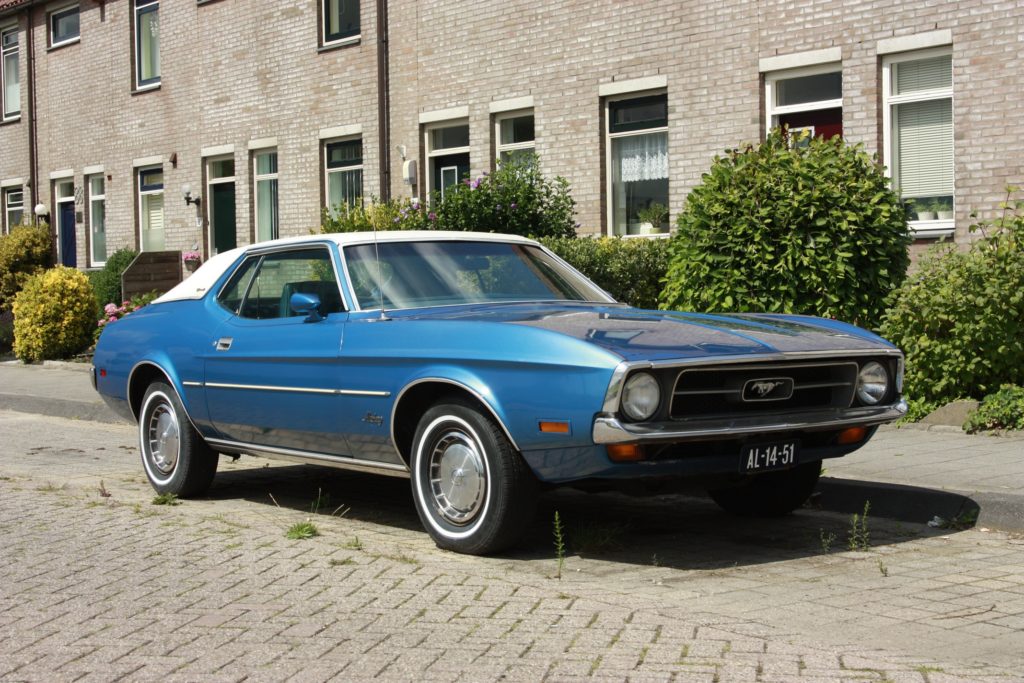
A year later and little changed in 1972 aside from some newly available appearance options. With a new model (the Mustang II) set to release the next year, the 1973 Mustang again brought only minor cosmetic changes. Nevertheless, 1973 was the beginning of strict emissions controls, which proved to be just another nail in the coffin for the already floundering performance of the Mustang. Consumers demanded smaller, more fuel-savvy cars and the bulky Mustang with its gas-guzzling engines were the anthesis of that cultural shift. As such, Ford saw sales in these last few years drastically slump compared to the earlier 1960s models as clients began to select more frugal options. As the year closed out, Mr. Iacocca, who had become Ford’s President in 1970, sought to see the Mustang return to the original glory he had created before all of the vicissitudes. That year the original Falcon-platform built Mustang was retired in favor of an attempt to completely rehaul the icon for the 1974 model-year.
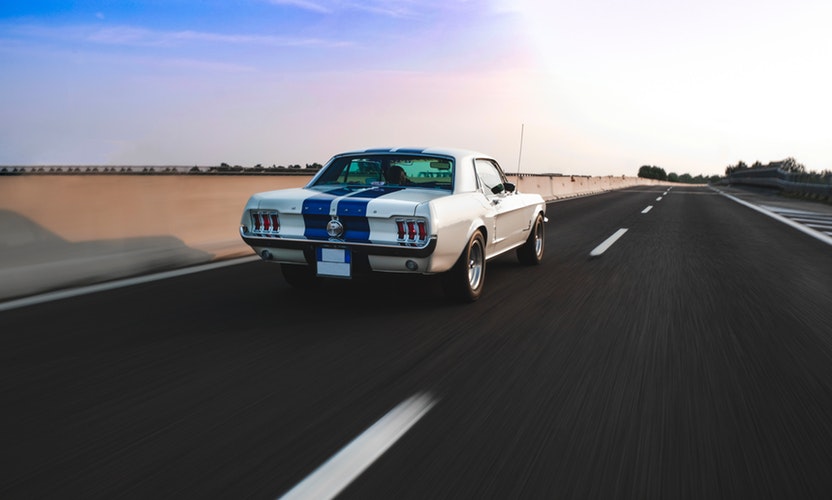
Despite the depressing decline of the Mustang toward the end of the 1960s it nevertheless revolutionized the sports car world in America. It first provided consumers with the possibility to make a car truly their own without aftermarket parts or shops and then impressed them with its lively, exhilarating performance. The Mustang became an unexpected hit overnight by becoming more widely available than the Corvette, cheaper than any European competitors, and ultimately it forced Chevrolet and Dodge to introduce cars to combat it. Simply put, the Mustang will always be the American people’s sports car because it was the first to make fun-performance, individualization, and sports car styling readily accessible to the majority of Americans.
Christopher Fussner is the Editor-in-Chief here at WOB Cars and MotoringHistory.com. He writes at his home in Los Angeles, manages a car collection, has a genuine passion for cars and racing, a love of Star Wars, and his favorite dinosaur is Carnotaurus. Did we just become best friends?

